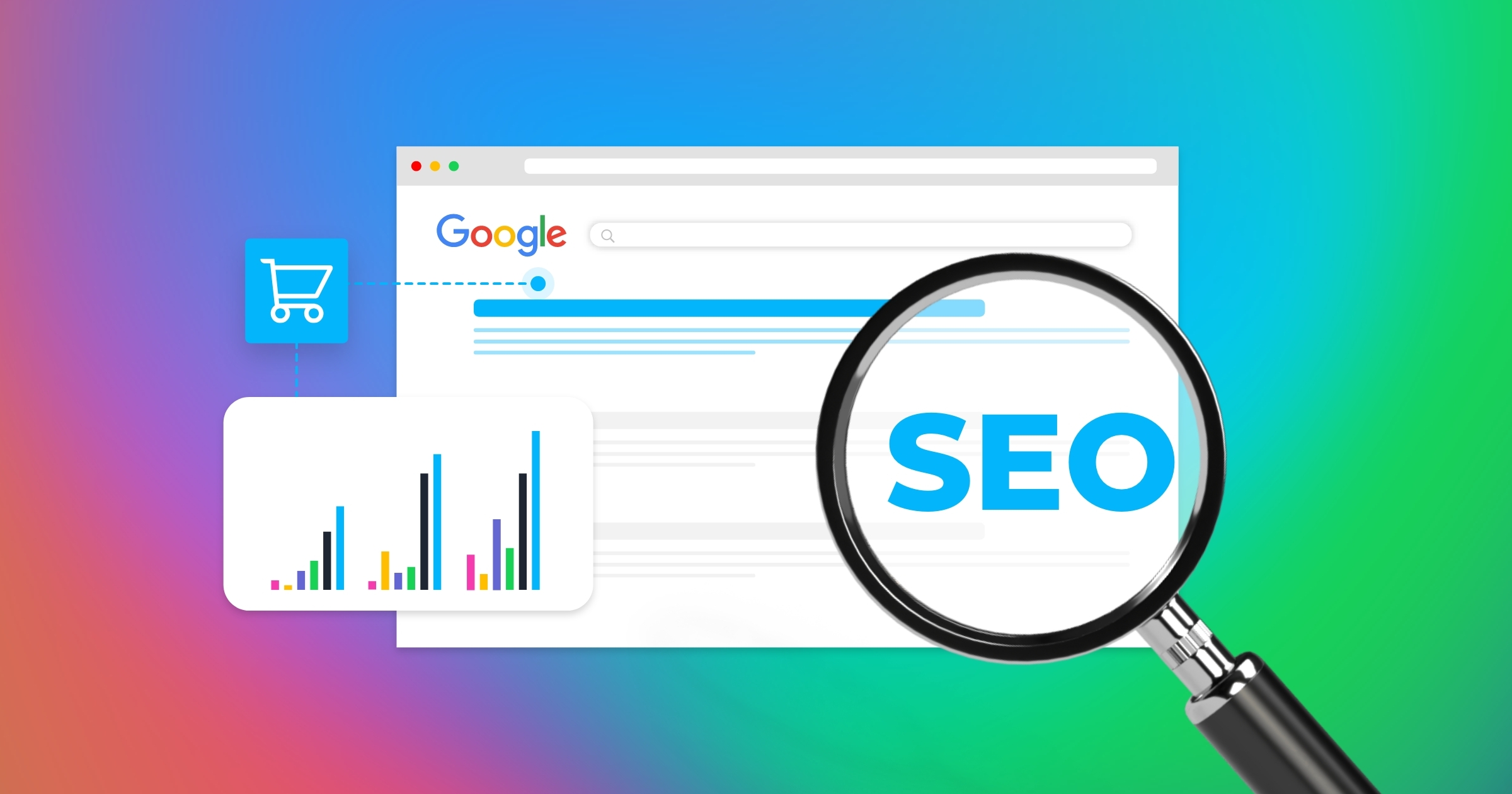Introduction to Performance Tracking Best Practices
Effective performance tracking is the backbone of business success, enabling organizations to measure progress, identify strengths, and address weaknesses. By implementing the right strategies, companies can optimize productivity, improve employee engagement, and achieve measurable results.
Here are the best practices for performance tracking to maximize efficiency and growth.
1. Set Clear & Measurable KPIs
Key Performance Indicators (KPIs) are essential for tracking progress. Ensure your KPIs are:
Specific – Clearly define what success looks like.
Measurable – Use quantifiable metrics (e.g., sales growth, task completion rate).
Aligned with Business Goals – Connect KPIs to overall company objectives.
Example: A sales team could track monthly revenue growth or customer conversion rates as KPIs.
2. Use Real-Time Performance Monitoring Tools
Manual tracking is time-consuming and prone to errors. Instead, leverage performance tracking software such as:
Time Tracking Tools (e.g., Clockify, Time Doctor)
Project Management Platforms (e.g., Asana, Monday.com)
Employee Productivity Analytics (e.g., Hubstaff, ActivTrak)
Real-time dashboards provide instant insights, helping managers make quick, data-driven decisions.
3. Provide Regular Feedback & Coaching
Performance tracking isn’t just about numbers—it’s about employee development. Best practices include:
Weekly Check-ins – Discuss progress and roadblocks.
Constructive Feedback – Highlight strengths and areas for improvement.
Personalized Coaching – Help employees grow with tailored guidance.
Pro Tip: Use 360-degree feedback for a holistic performance review.
4. Automate Data Collection & Reporting
Reduce manual effort and human error by automating:
Time tracking
Task completion rates
Performance analytics
Tools like Zapier and Power BI can integrate data from multiple sources for seamless reporting.
5. Foster a Culture of Accountability & Transparency
Share Performance Metrics – Let teams see how their work contributes to company goals.
Encourage Self-Tracking – Empower employees to monitor their own KPIs.
Reward High Performance – Recognize top performers to boost motivation.
6. Continuously Review & Adjust Strategies
Performance tracking is not a one-time task. Regularly:
Analyze Trends – Identify patterns in productivity data.
Adjust Goals – Refine KPIs based on business changes.
Test New Tools – Stay updated with the latest performance optimization software.
Conclusion: Optimize Performance Tracking for Long-Term Success
By following these best practices—setting clear KPIs, using real-time tracking tools, providing feedback, automating processes, and fostering transparency—businesses can enhance efficiency, boost employee performance, and achieve sustainable growth.











